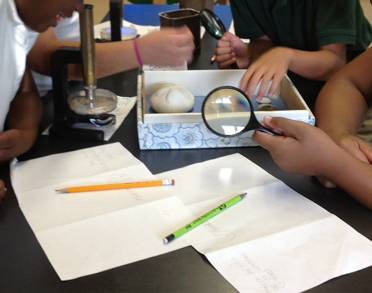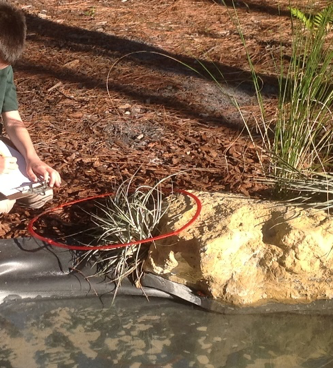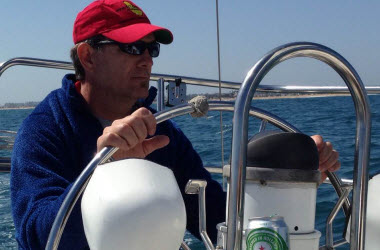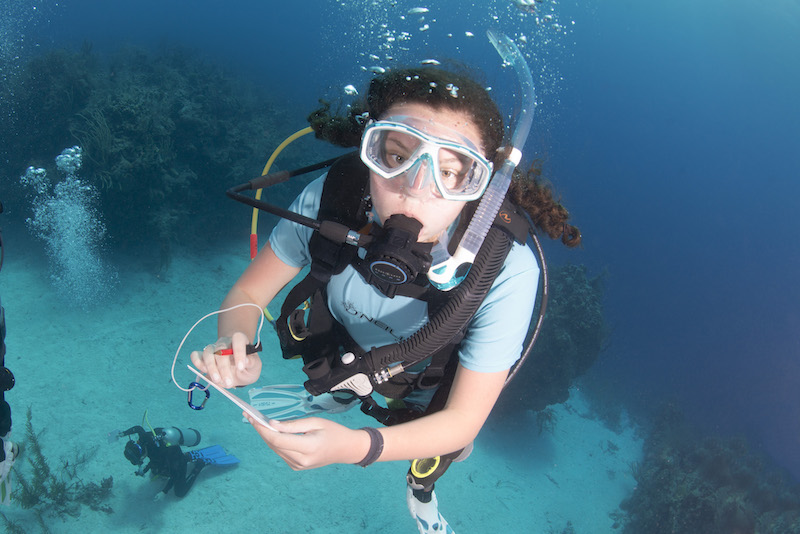July 23, 2019
 Using science tools and creating models is not only a valuable way for students to “become” scientists and engineers, it is also a lot of fun. I attended many NASA workshops throughout my career and I learned from some of these NASA activities to give students specific materials for some of our lessons. These challenges allowed them only to use what was given to them, as would be the case for the NASA teams who need to limit the weight and cost of objects, or for astronauts who might have an emergency requiring them to create something from only the materials available.
Using science tools and creating models is not only a valuable way for students to “become” scientists and engineers, it is also a lot of fun. I attended many NASA workshops throughout my career and I learned from some of these NASA activities to give students specific materials for some of our lessons. These challenges allowed them only to use what was given to them, as would be the case for the NASA teams who need to limit the weight and cost of objects, or for astronauts who might have an emergency requiring them to create something from only the materials available.
Other challenges I gave students were designed to have them think creatively and we’d use an assortment of materials, mostly recycled objects (another good lesson to reuse/upcycle).
Teaching students the proper use of science tools is important. I was a stickler for the language students used when describing observations, enhanced by magnifiers, especially. Objects that are magnified “appear” to be or get larger; they do not actually change size. It is important that when they share their observations, they are describing what is really happening or the science is incorrect. The earlier they learn this, the better, in my opinion.
Modeling is a great way for students to get a grasp on the components of objects or systems, especially if it is something like a body system which is internal. Describing the length of their small and large intestines means nothing until they measure it out, as they did in one activity using different colors of yarn for each part of the digestive system.
Providing students with tools to help them focus on their outdoor investigation has always been successful.  Whether it’s a blank sheet of paper, clipboard, and pencil, or a prepared data table, students are better able to stay on track when observing outside if they have these tools. Sorting/Grouping circles (or hula hoops) can also be used to delineate a specific area for your students to make their observations. Of course, it is almost expected that when you show these circles of life to your students you must sing the refrain from The Lion King. Students should label whatever they can identify within their circle “Field of View.”
Whether it’s a blank sheet of paper, clipboard, and pencil, or a prepared data table, students are better able to stay on track when observing outside if they have these tools. Sorting/Grouping circles (or hula hoops) can also be used to delineate a specific area for your students to make their observations. Of course, it is almost expected that when you show these circles of life to your students you must sing the refrain from The Lion King. Students should label whatever they can identify within their circle “Field of View.”
You and your students will have to determine before beginning this activity whether to count animals or objects that blow, crawl, or fly into the circle. It is great for students to compare their circles to other individuals or partners to look for similarities or differences within a given spot on the schoolyard.
Linda Petuch is a retired STEM teacher, wanna be astronaut, NASA's biggest fan, avid gardener, small mammal whisperer, and educator extraordinaire from Palm Beach County, Florida.




